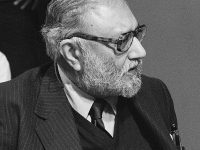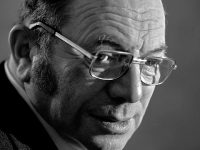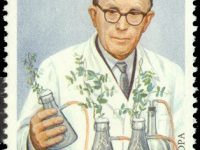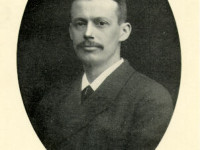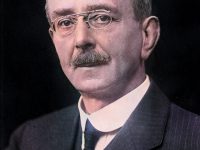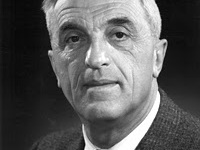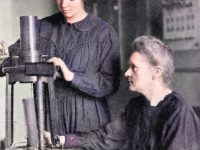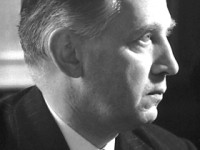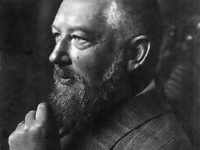Abdus Salam’s Electroweak Unifying Theory
On January 29, 1926, Pakistani theoretical physicist Mohammad Abdus Salam was born. Abdus Salam shared the 1979 Nobel Prize in Physics with Sheldon Glashow and Steven Weinberg for his contribution to the electroweak unification theory. “This in effect is, the faith of all physicists; the deeper we seek, the more is our wonder excited, the more is the dazzlement for our gaze.” — Abdus Salam, Speech at the Nobel Banquet (10 December…
Read more

